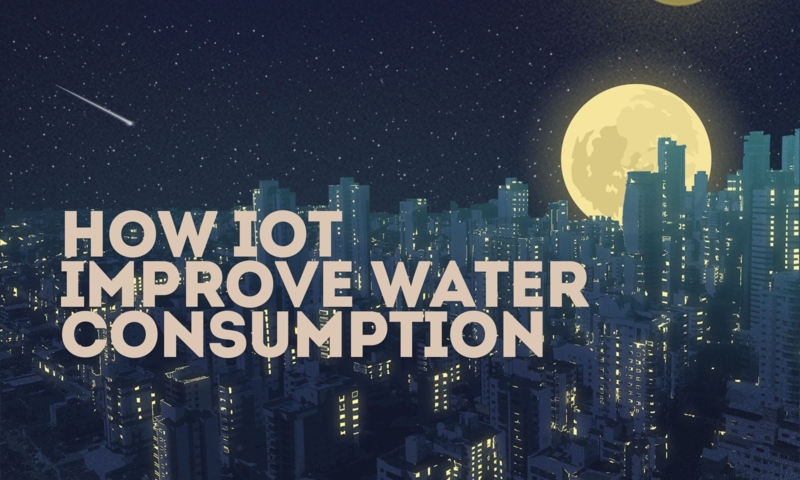How can IoT Technology Help to Improve Your Water Consumption?
Published on by Shibani Thakur, waterapp2021@gmail.com in Social
Long-term environmental and economic viability requires efficient water management. Traditional water management systems without real-time data and human monitoring often waste water. IoT-enabled Residential Water Level Sensor are revolutionary.

What is the Internet of Things (IoT) Smart Water Management?
This novel method uses a system of interconnected sensors and devices implanted in the water infrastructure. Water quality monitors, smart meters, and leak detectors gather real-time data on different water parameters. After the data has been securely transferred, a central cloud platform is accessed to store and analyze it.
People may access this data intuitively and utilize it to learn important things like water quality, leaks, and usage. With this data, they can pinpoint places to save water, enhance treatment procedures, and allocate resources wisely.
Using the Internet of Things to Improve Water Management
Realize Continuous Monitoring and Early Detection of Leaks
Continuous monitoring minimizes water loss and infrastructure damage by allowing for early discovery and fast repair of leaks, in contrast to previous procedures. This will have major financial and ecological advantages.
Maximize Water Saving through the Use of Well-Informed Conservation Measures
The method finds places with high water use by examining comprehensive data on consumption trends across various places or user categories. This important data enables targeted water-saving initiatives by identifying high-consumption customers, repairing leaks, and adjusting irrigation schedules. Overall, water use is lowered, which promotes sustainability on both an environmental and economic level.
Make Water Treatment Efficient and Maintain Consistent Quality
The Internet of Things (IoT) eliminates the need for fixed treatment methods by providing real-time data on water quality. This allows treatment processes to be adjusted on the fly, guaranteeing that resources are used optimally and that safe drinking water is consistently delivered. The system analyzes the incoming data and automatically changes the number of treatment chemicals or stages to ensure resource efficiency and high-quality water.
Reduce Downtime with Predictive Maintenance
Reactive maintenance and equipment repairs were the norm in water management. On the other hand, the Internet of Things (IoT) Water Technology uses data analysis to foresee when equipment might break down. By spotting problems early on, maintenance tasks like arranging repairs or component replacements can be done before they fail. This proactive practice maintains water quality, pumps, and water treatment plants and prevents unexpected downtime.
Sustainable Water Management: Making Smart Choices
Decisions about water management in the past frequently used subjective assessments or little facts. Nonetheless, Residential Water Level Sensor provides useful data on water management's facets. As a result, consumers are better able to make educated choices on vital water management factors like:
Infrastructure upgrades: Data on pressure variations or leak occurrences can help with infrastructure upgrades or identifying which sections need repair and maintenance first. This allows for educated decisions regarding the aging infrastructure.
Resource allocation: Water usage trends data can be used to optimize resource allocation, allowing for targeted conservation campaigns or the allocation of resources to areas with high demand.
Water conservation strategies: Water quality data analysis and identifying high-consumption areas are two ways the system can help create and implement water conservation programs and promote sustainable water resource management.
Put Remote Monitoring to Work for Efficient Management
Being physically present at the site was often necessary for water management in the past. However, the addition of Internet of Things (IoT) Water Technology gateways to these systems makes remote monitoring possible via the intuitive IoT dashboard. Whenever and wherever authorized users have access to the internet, they may easily view system status and real-time data. Quick response to crucial occurrences, proactive maintenance planning, and streamlined administration of geographically scattered water systems are all made possible by this remote monitoring capability.
Taxonomy
- Water Harvesting
- Water Efficiency
- Water Harvesting
- Water Monitoring
- Water
- Water Conservation
- Water conservation